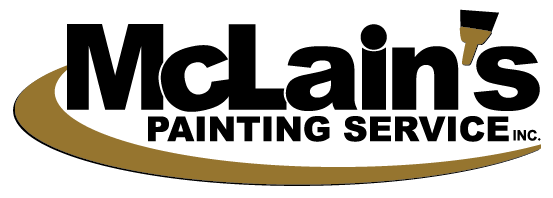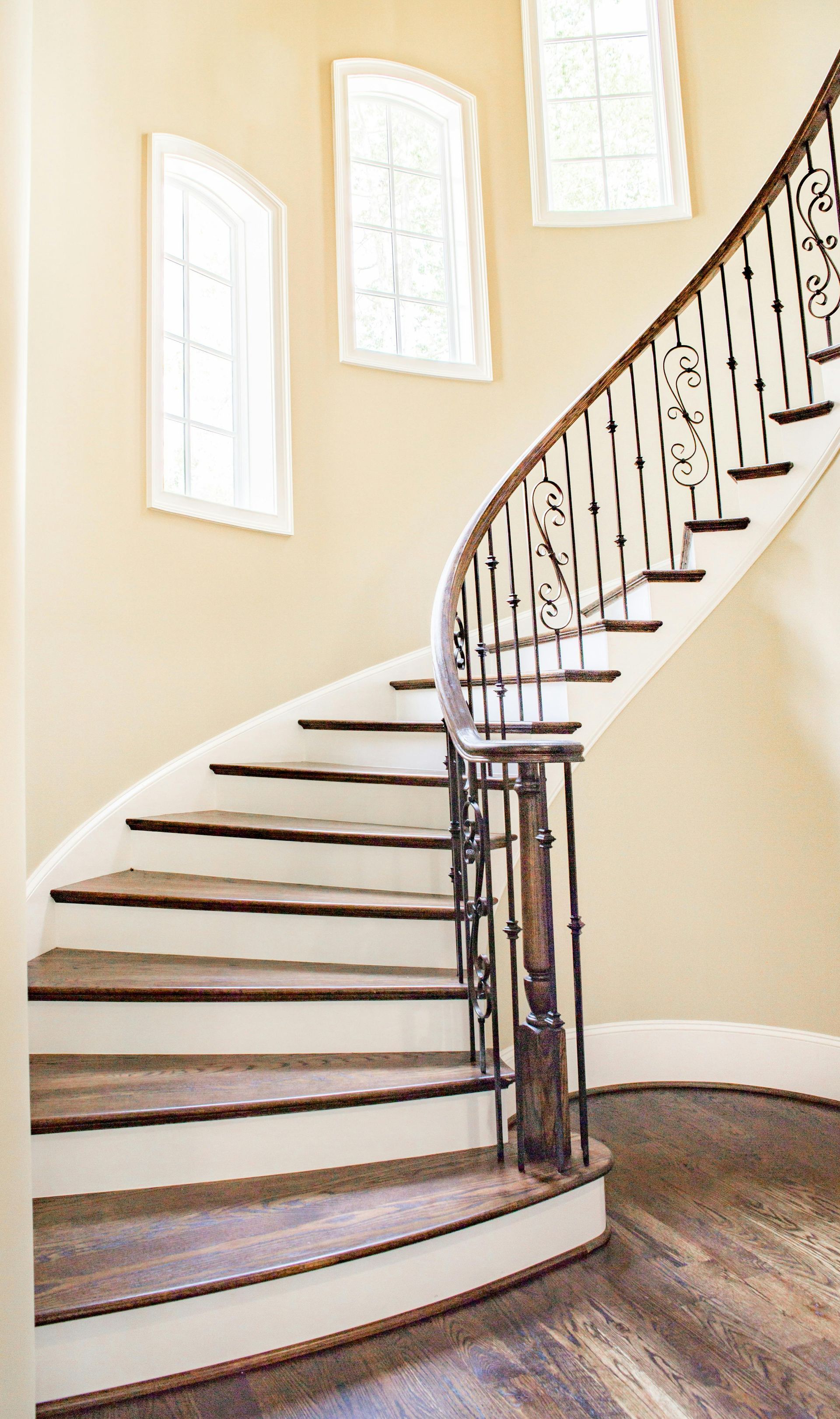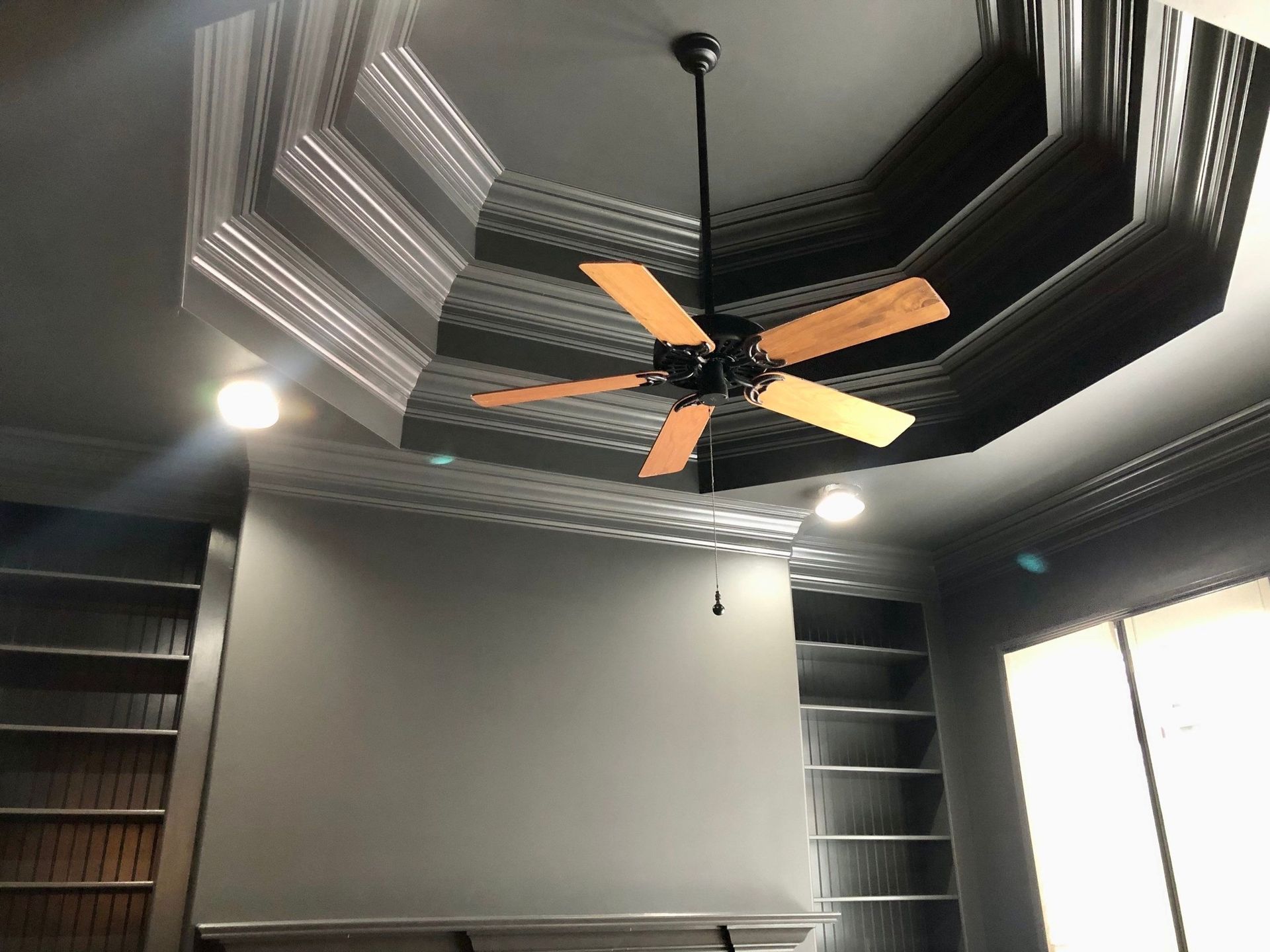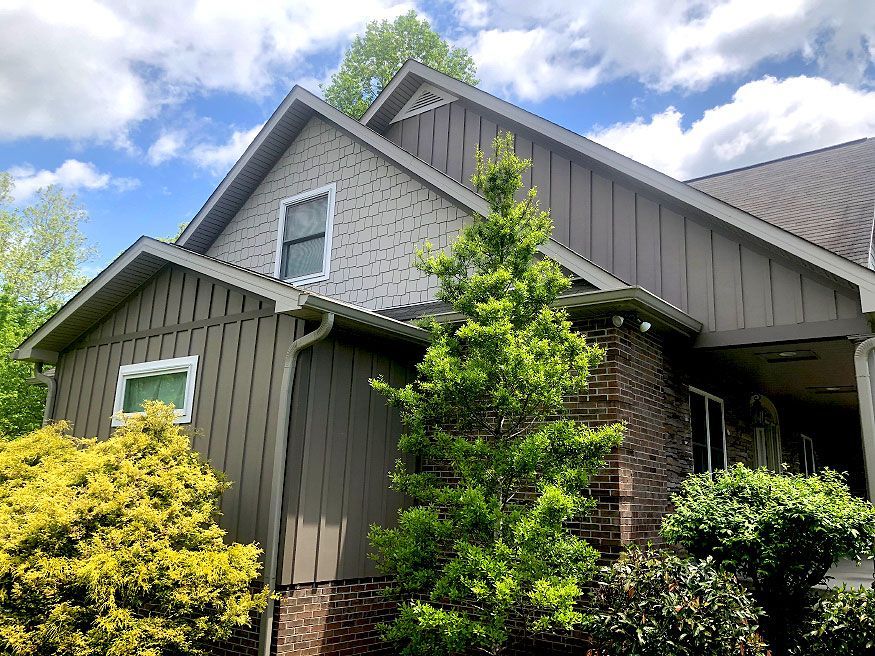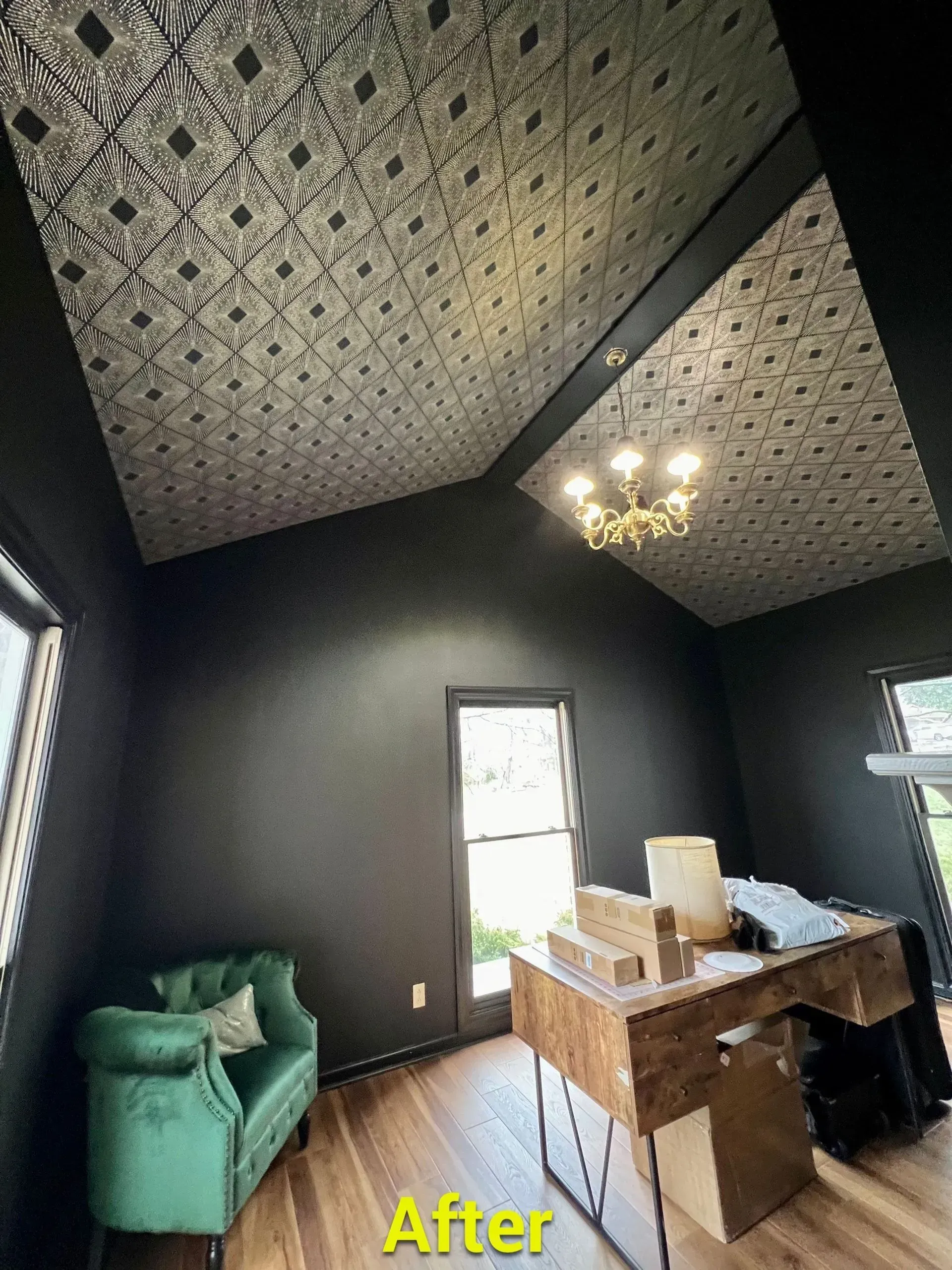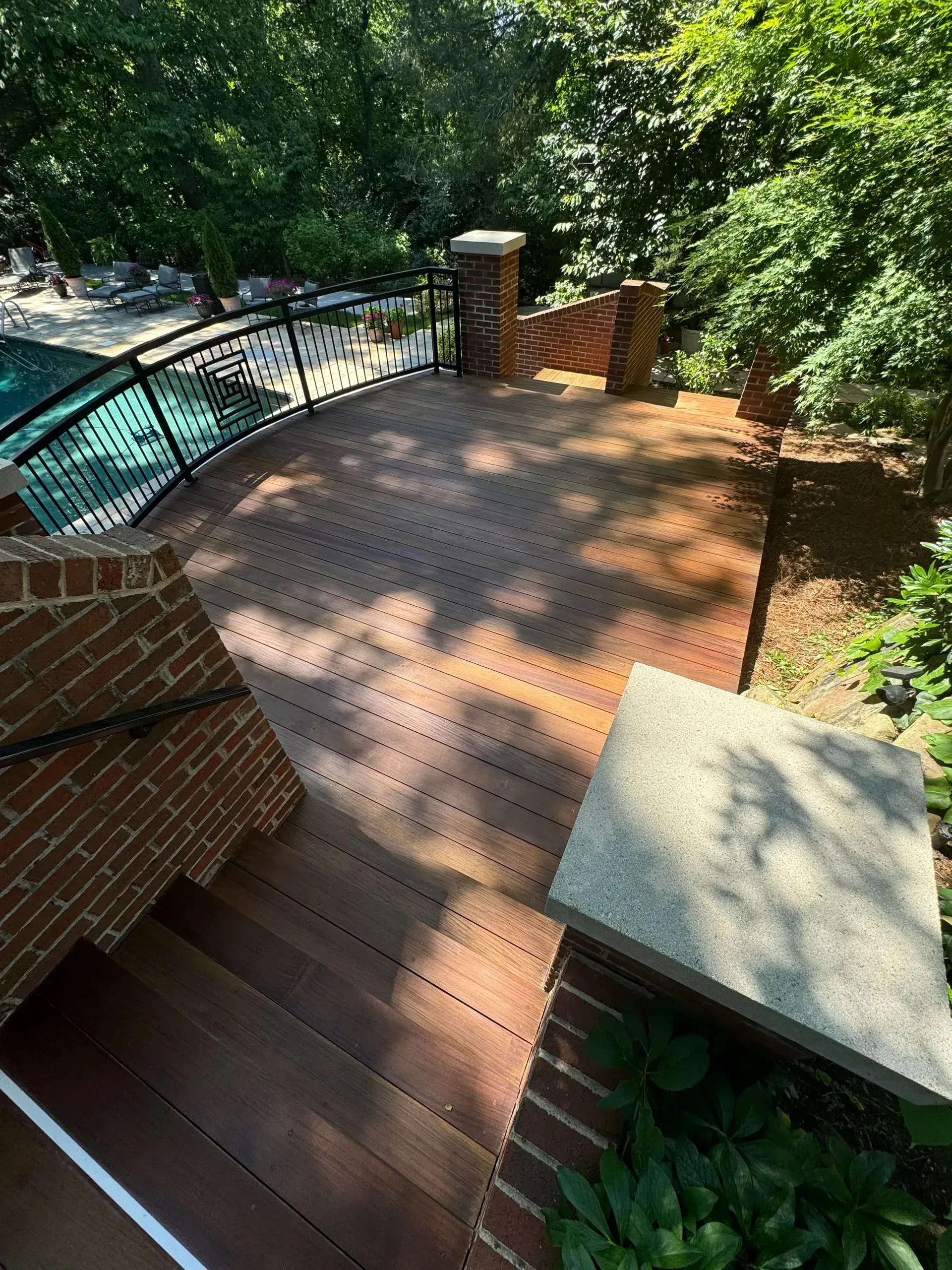Today's Top Deals
Is that mold in your basement?
It’s often hard to pinpoint the exact beginning of this little menace.
You no sooner finish cleaning a basement room when you discover mold creeping along the side wall or lower edge of a room. You might shrug it off for a while, but it’s not a good idea to ignore mold. The health aspect cannot be ignored. The Center for Disease Control’s website (cdc.gov) informs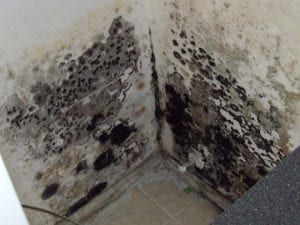 us that in “ 2004 the Institute of Medicine (IOM) found there was sufficient evidence to link indoor exposure to mold with upper respiratory tract symptoms, cough, and wheeze in otherwise healthy people; with asthma symptoms in people with asthma; and with hypersensitivity pneumonitis in individuals susceptible to that immune-mediated condition. The IOM also found limited or suggestive evidence linking indoor mold exposure and respiratory illness in otherwise healthy children.”
us that in “ 2004 the Institute of Medicine (IOM) found there was sufficient evidence to link indoor exposure to mold with upper respiratory tract symptoms, cough, and wheeze in otherwise healthy people; with asthma symptoms in people with asthma; and with hypersensitivity pneumonitis in individuals susceptible to that immune-mediated condition. The IOM also found limited or suggestive evidence linking indoor mold exposure and respiratory illness in otherwise healthy children.”
Furthermore, the stuff can be sneaky. The New York Times ran an October 2001 article on household mold and interviewed Jeffrey C. May of J. May Home Inspections, author of ”My House Is Killing Me: The Home Guide for Families with Allergies and Asthma” (Johns Hopkins University Press, 2001). The article stated that Mr.Mays pointed out “while mold in a house is most often found on walls, floors, ceilings, carpets and fabrics exposed to moisture, one particularly troublesome hiding place is inside the ductwork and associated components of central forced-air heating and air-conditioning systems.”
Check more than the walls and corners – get an inspection of your air conditioning ductwork. Be aware of this sneaky health hazard. Mold can be a tiny but irritating menace to your home.

By using our website, you consent to our Privacy Policy.
All content Copyright © 2024 McLain's Painting. Website by smallbee.com
